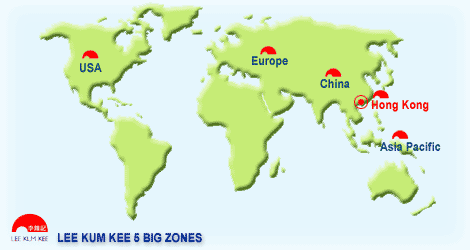According to the statistics, normally, modern international brands last for an average of 100 years, while some for only several decades. Yet most Chinese laozihaos, age-old brands, have existed for over 160 years.
However it is also true that Chinese laozihaos are in an absolutely inferior position when compared with worldwide famous brands. Since the mid-1980s, because of more efficient management schemes, diversification of industry, and fierce competition, 20 percent of the Chinese ones have been facing long-term losses, possible bankruptcy, or closure. In 1999, only Wuliangye (a liquor brand) was listed in the top 20 of most valuable brands in China.
Laozihaos represent the traditional and mysterious crafts and techniques, warm and friendly service, and good business credit. While invaluable assets in themselves, most of the laozihaos have gradually faded in the modern market economy. So how can they recover from such a situation? The experiences of Lee Kum Kee and Quanjude offer valuable answers.
 Lee Kum Kee , King of Oyster Sauce
Lee Kum Kee , King of Oyster Sauce

Lee Kum Kee, a brand with more than a century's history, is now not only a familiar name in Asia, but also sells its products in over 80 countries around the world. There is even a saying: "Where there is Lee Kum Kee, there are Chinese."
Founded in 1888 as a purveyor of oyster sauce, Lee Kum Kee has evolved into a renowned supplier of premium oyster sauce, cooking sauces, and other seasoning products. The key to this transformation from a traditional Chinese sauce maker to a niche leader in global food products was the acceptance of modernization and internationalization into its corporate culture, as well as the timely adaptation to changing times and the tastes of modern life.
Lee Kum Kee started in a small village in Guangong Province in 1888. It relocated toMacaoin the early 1900s and moved once more toHong Kongafter World War II, where it has since remain based.
